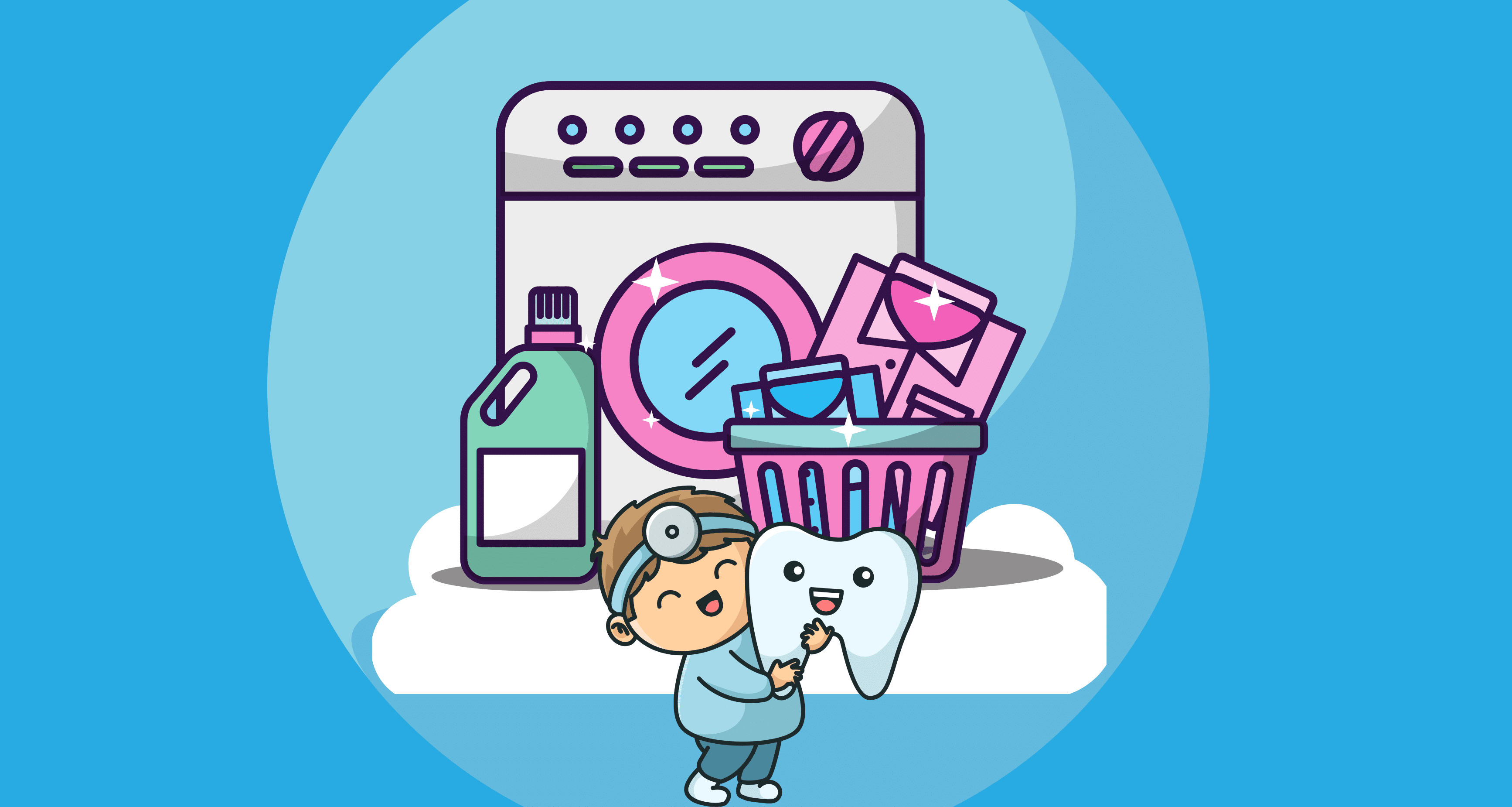
In the world of dentistry, patient care is paramount. Dentists and dental professionals strive to provide top-notch oral healthcare services while maintaining a safe environment for patients and staff. One aspect that often goes unnoticed but plays a significant role in maintaining hygiene standards is laundry management.
Adhering to OSHA regulations for dental office laundry is crucial for infection control and ensures the overall safety of everyone involved. Let’s dive into the importance of OSHA laundry dental office regulations and how they can be implemented effectively.
Understanding OSHA Regulations for Dental Office Laundry
To maintain a safe and healthy environment for staff and patients, dental offices must have a comprehensive understanding of the OSHA regulations of laundry procedures.
1. The Significance of OSHA Regulations
Maintaining a clean and sterile environment within a dental practice is essential to prevent the spread of infectious diseases. OSHA (Occupational Safety and Health Act) sets forth guidelines specifically tailored to ensure workplace safety, including regulations related to handling and processing contaminated laundry in dental offices.
2. Preventing Cross-Contamination
Cross-contamination poses a significant risk in any medical setting, including dental offices. Contaminated laundry must be handled with utmost care to minimize the potential transmission of harmful pathogens or bloodborne diseases. Proper sorting, washing, drying, and storing procedures are vital to prevent cross-contamination.
Implementing OSHA Laundry Regulations in Your Dental Office
1. Sorting Guidelines
The first step towards compliance with OSHA regulations involves proper sorting techniques for soiled linens. Different types of contaminated materials should be segregated based on their level of contamination, such as heavily soiled items versus lightly soiled ones. This segregation prevents cross-contamination during further processing.
2. Washing Procedures
Once sorted appropriately, following specific washing procedures recommended by OSHA is essential. Using appropriate disinfectants, detergents, and water temperature settings helps ensure effective cleaning while eliminating bacteria, viruses, and other contaminants from the fabric.
3. Drying and Storing Practices
Proper drying of laundered items is equally important to maintain hygiene standards. Following OSHA guidelines, dental offices must ensure that the laundry is adequately dried to prevent any potential growth of microorganisms. Additionally, storing clean linens in a designated area away from potential contamination sources helps maintain their sterility until needed.
4. Personal Protective Equipment (PPE)
Dental professionals should always wear appropriate PPE when handling contaminated laundry. Gloves, gowns, masks, and other necessary protective equipment serve as an additional barrier against contact with potentially hazardous materials during sorting, washing, or transporting processes.
5. Staff Training and Education
To ensure compliance with OSHA regulations for dental office laundry, proper training, and education for all staff members involved in the laundry management process are essential. Regular updates on best practices and guidelines will equip them with the knowledge to safely and effectively handle contaminated laundry.
Benefits of Adhering to OSHA Laundry Regulations
1. Enhanced Infection Control
By following OSHA regulations for dental office laundry, you can significantly reduce the risk of infection transmission within your practice. Properly cleaned and stored linens contribute to maintaining a safe environment for patients and staff.
2. Improved Safety Measures
Implementing the recommended procedures promotes infection control and enhances overall safety within your dental office. Minimizing cross-contamination risks associated with contaminated laundry creates a safer workplace for everyone involved.
3. Regulatory Compliance
Complying with OSHA regulations showcases your commitment to providing high-quality care while meeting industry standards. It ensures that your dental practice follows established guidelines, promoting trust among patients and colleagues.
When it comes to maintaining a safe and hygienic environment in a dental office, OSHA regulations play a crucial role. The laundry facility within the dental office is among the various aspects that need careful attention. While it may seem like a mundane task, handling laundry in accordance with OSHA guidelines ensures infection control and minimizes potential hazards. In this article, we will delve into the importance of adhering to OSHA regulations for dental office laundry and explore critical considerations that every dental practice should consider.









